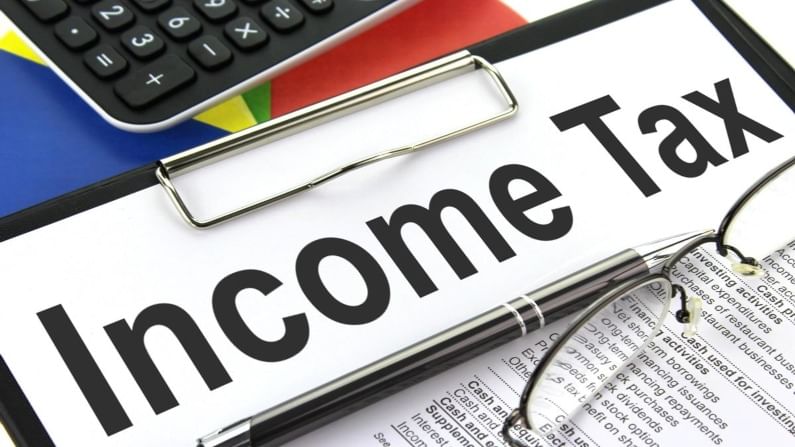Five tax-saving investment options under Section 80C
Under Section 80C, you can claim a maximum deduction of Rs 1,50, 000

Every year, while filing the ITR, we often think if we could have managed to save on that front. Section 80C offers various investment options so that you can save tax. Under Section 80C, you can claim a maximum deduction of Rs 1,50,000. But the catch here is that you can get a tax rebate only if you opt for the old tax regime.
Here are the five tax-saving options under Section 80C:
Public Provident Fund (PPF)
One of your safest bets can be investing in PPF. It is a government-backed retirement benefits scheme that is entitled to deduction under section 80C of the Income Tax Act. It can be opened by both salaried and non-salaried individuals for long-term investments. In terms of liquidity, PPF has a lock-in period of 15 years. But the money can be withdrawn partially after 7 years. The tenure of your PPF account can also be extended further up to 5 years.
The current interest rate on this scheme is 7.1%. The interest rate on the PPF is subject to change and is revised quarterly by the government.
National Pension Scheme (NPS)
Contributions made towards the National Pension Scheme are allowed for deduction under section 80CCD(1). You can contribute an additional amount of Rs 50,000 as well in the NPS, which will eventually be deducted under section 80CCD (1B) because under section 80C and 80CCD (1), investments must not exceed the limit of Rs 1.5 lakh.
If you are contributing towards the Atal Pension Yojana, you are allowed a deduction under section 80C and 80CCD (1) of the Income Tax Act.
Term Insurance
The premium that you pay towards your personal life insurance, your children or your spouse is eligible for deduction under section 80C of the Income Tax act. It is pertinent to note here that the same is not valid for your parents or in-laws. More than one insurance can be clubbed under section 80C, only if the total amount doesn’t exceed the ₹1.5 lakh limit. Insurance bought from private companies are also eligible for the deduction under section 80C.
Home Loan Principal repayments
The monthly EMI on your home loan consists of the principal amount, which is the actual amount of the loan and the interest. While your interest is eligible for deduction under section 80EE/ 80EEa or section 24, your principal amount is also eligible for deduction under section 80C of the Income Tax act. The best part is that if the amount suffices the limit of maximum tax deductions under 80C, you would not need any other tax-saving instrument. The other pertinent thing to note is that if you are allotted a house through some specific development authorities, you will be eligible for tax deductions under Section 80C.
Employee Provident Fund (EPF)
This benefit is available to all salaried individuals. Basically, it is a retirement scheme where a part of your salary gets deducted every month as a contribution towards EPF. You can claim the sum total of the amount deducted annually under Section 80C.
Employees can also increase their monthly contributions. The additional contribution is called Voluntary Provident Fund. An employee can get a rebate of up to Rs 1,50,000 under Section 80C through this contribution.
However, Budget 2021 has brought in some changes. Under the new proposal, which came into effect on April 1, 2021, if your total investment in EPF and VPF combined exceeds the limit of Rs 2.5 lakh, the returns earned will not be exempted from tax under section 80C. This measure was taken by the government to stop the misuse of these government schemes by high-salaried individuals.